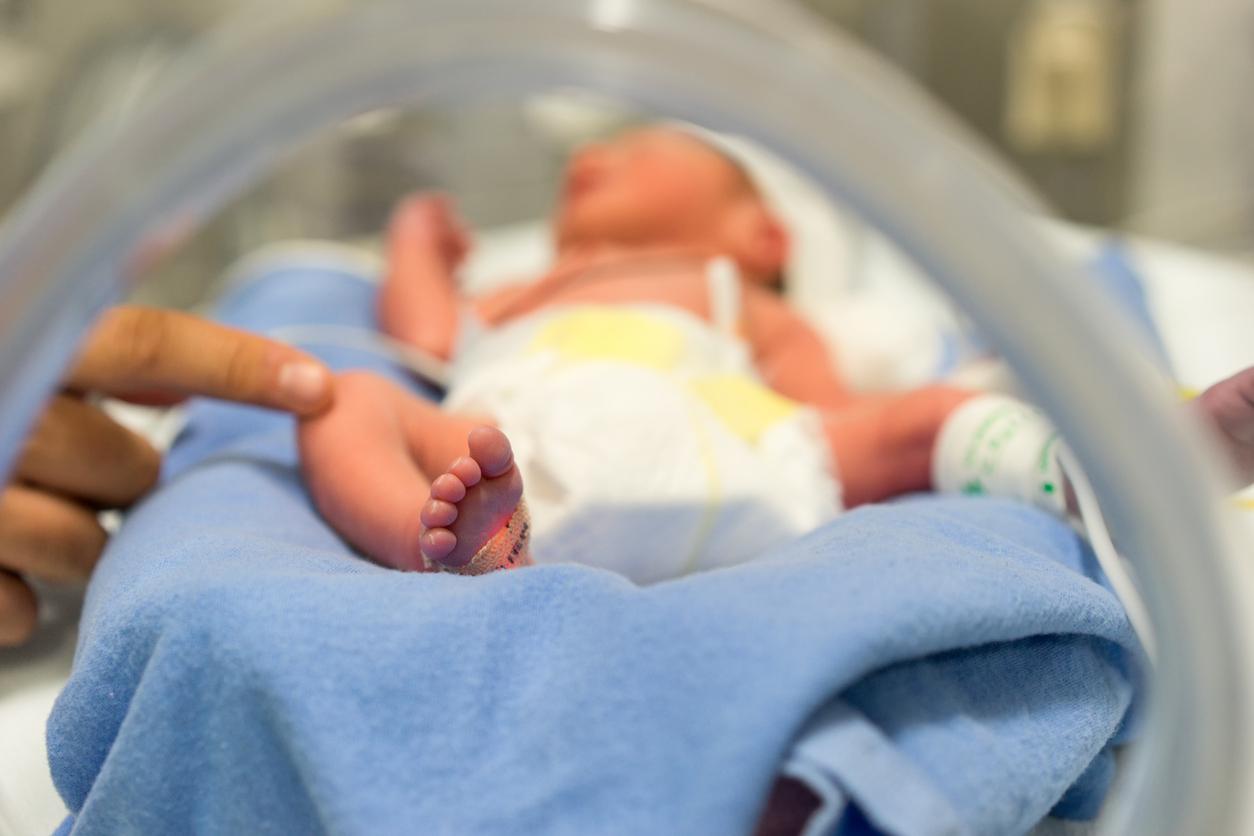In utero exposure to these chemicals commonly used in plastic is associated with developmental disorders in young boys, according to a new study.

- Phthalates are chemical substances found everywhere: cosmetic products, toys, food packaging, materials, etc.
- Considered as endocrine disruptors, phthalates are singled out in a new study.
- “Our results highlight the potential impact of maternal exposure to phthalates on children’s emotional and behavioral development, particularly in boys,” says the lead researcher.
Shampoos, vinyl floor coverings, toys, food packaging… Phthalates are omnipresent in our daily lives and yet there is no shortage of data accusing these chemical substances of causing various health problems! After pediatric cancers, diabetes in women or even cardiovascular risks in men – to name but a few – these endocrine disruptors are today suspected of harming the brain development of young boys.
Phthalate: a link discovered only in boys
“Our results highlight the potential impact of maternal phthalate exposure on children’s emotional and behavioral development, particularly in boys.”, said Liron Cohen-Elirazthe lead author of the study published in the September issue of the review NeuroToxicology.
To achieve these results, the scientists recruited women who were 11 to 18 weeks pregnant. Their urine was analyzed for the presence of phthalate byproducts (DEHP, DiNP and MBzBP). The researchers then assessed the behavioral and developmental progress of the children aged 24 months. They then found that boys exposed to higher levels of DEHP during the first trimester of pregnancy performed lower on measures of personal and social development. These children also had higher scores on emotional reactivity, anxiety and depression scales. “No differences were found in developmental and behavioral problems between high and low levels of maternal DEHP exposure in girls”, the report said.
Reduce exposure to chemicals during pregnancy
If additional studies are needed to better understand the impact of phthalates on human health and development, the researcher insists that preventive measures be taken quickly: “Our study adds to the growing body of evidence highlighting the need for greater environmental awareness and actions to minimize exposure to harmful chemicals during pregnancy.”
Although it is currently impossible to completely eliminate their presence, it is possible to limit exposure to these substances through certain daily actions, such as:
- reduce the number of cosmetics used;
- limit the use of chemicals for cleaning;
- prefer glass to plastic for food containers and kitchen utensils;
- favor “homemade”;
- ventilate the home every day for at least ten minutes.















